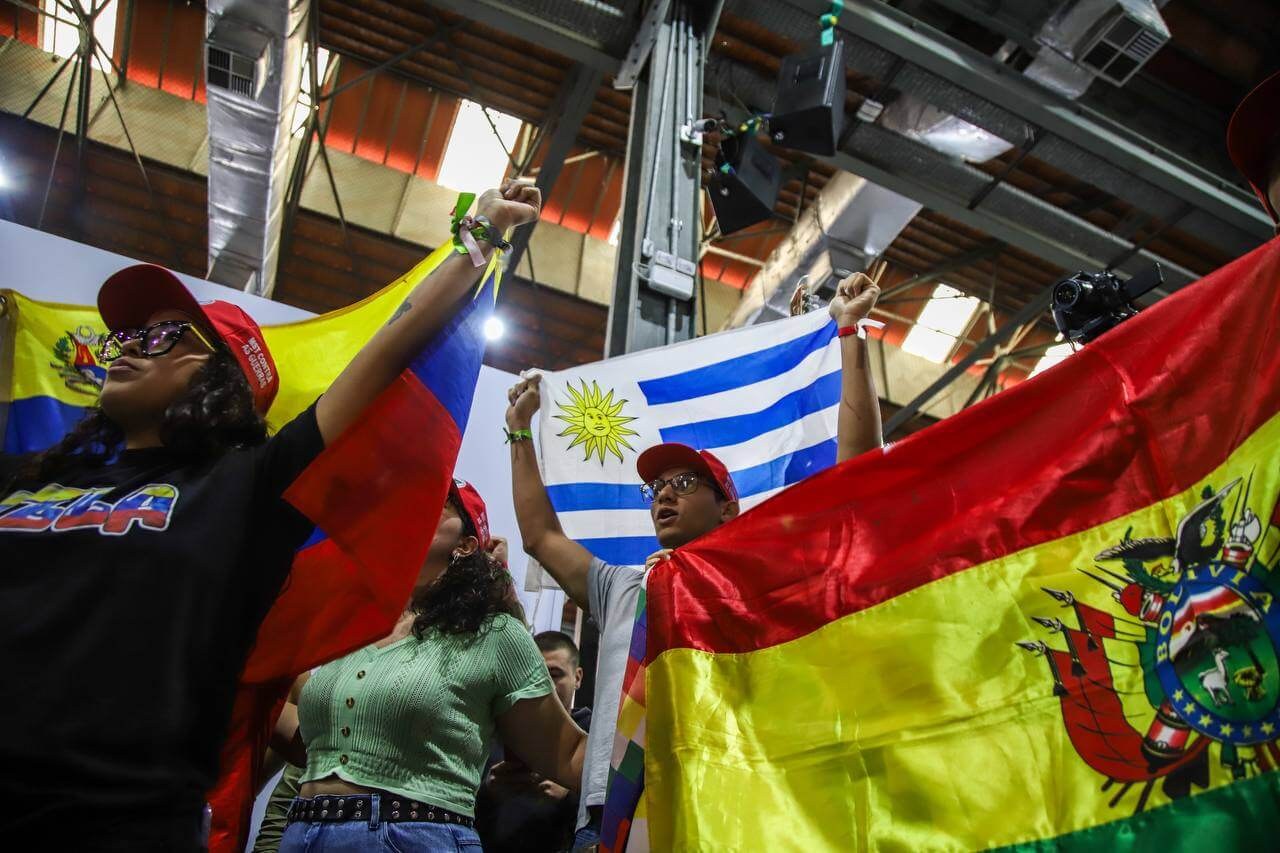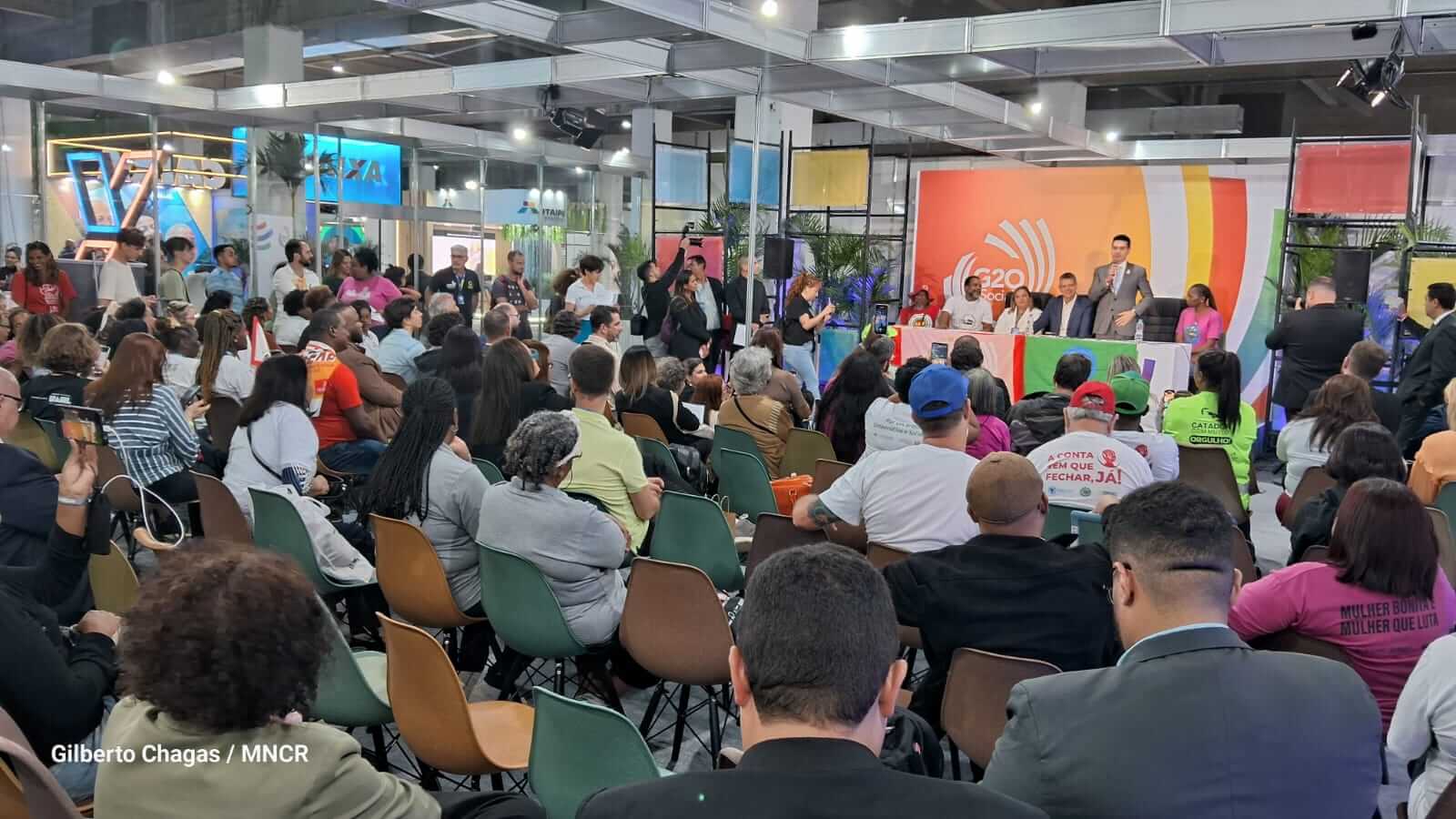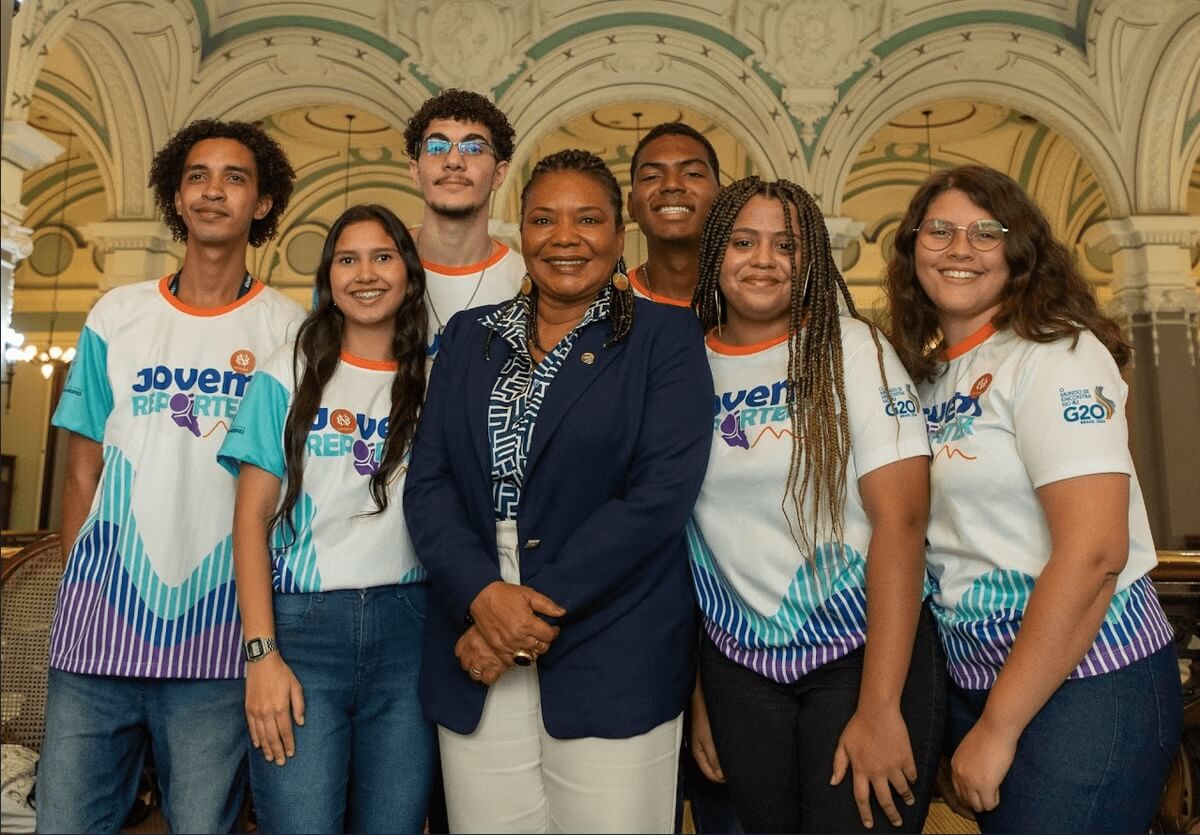G20 Brasil innovates with collaborative communication: The voice of the people at the center of the global narrative
Civil society, social movements, indigenous peoples, and young people now shape the official narrative of the G20 through their experiences and viewpoints. This collaborative communication expanded the scope of discussions around Brasil's priorities for the G20: addressing inequality, combating climate change, and reforming global governance.

Under Brasil's presidency, the G20 took an unprecedented step by implementing a collaborative communication strategy that transformed how the world's largest economies engage with society. This approach reached its pinnacle at the G20 Social Summit, a historic event that centered popular perspectives in the official discourse.
For a year, several fronts shared information and perspectives on the main themes of Brasil's G20 presidency: fighting inequality and climate change and global governance reform. Thus, collaborative communicators unite their voices and coverage. The initiative created a synergy that helped readers follow and understand the magnitude of the G20 Social.
More than just a singular innovation, collaborative communication was developed throughout Brasil's presidency, enabling social movements, indigenous communities, young people, and academics to share their insights and enrich discussions, democratizing information access.
How does collaborative communication work?

The essence of collaborative communication is in co-authorship: it integrates different actors in the production of content and facilitates the circulation of information in a plural and decentralized way. At the G20, this practice empowered communicators from diverse backgrounds to create radio segments, stories, and reports for the official site, presenting narratives through their unique lenses.
The partnerships were many during Brasil's G20 presidency. The project that brought together Brazilian young reporters at Kids20 was the first to start. Collaborative communication has expanded to radio bulletins produced in the Guarani indigenous language, communicators from marginalized communities, such as G20 Favelas and Favelas20, social movements, such as the National Union of Students (UNE) and the Unified Workers' Central (CUT), as well as universities such as the Rio de Janeiro State University (UERJ) and Higher School of Advertising and Marketing (ESPM), at Universidades20.
Marcelo Branco, one of the coordinators of G20 collaborative communication, explained: "Our collaborative communication aimed to make social movements protagonists of the narrative, bringing institutional entities closer to popular demands. Now, the masses are integral to the communication strategy."
This practice gave a voice to historically underrepresented groups, with social movement advisors stepping into the role of official government communicators—a milestone in G20 history.
Kids 20: Youth leading the coverage

Among the impactful initiatives was Kids 20, which allowed young people from five Brazilian states to experience the life of journalists firsthand. Children and adolescents were able to interview foreign ministers and delegates, bringing new perspectives to the event and expanding the scope of discussions within Brazilian homes. Carlos Alberto Jr., G20 communication coordinator for SECOM, remarked: "Involving children and adolescents is an excellent way to bring G20 discussions into households. There's nothing quite like a child's or teenager's questions to challenge adults' comfort zones."
Plurality in the central focus
The collaborative communication strategy of G20 Brasil broadened the discussions, incorporating voices often absent from the global stage. Through initiatives such as the G20 Favelas and F20 (Favelas 20), community residents were able to share their realities, bringing local perspectives to the center of decisions. This inclusion was furthered by initiatives like radio bulletins in the Guarani language, which connected the G20 to indigenous communities and highlighted Brasil's cultural and linguistic diversity. In addition, movements such as Voice of the Oceans highlighted the urgency of protecting the seas and including environmental narratives in global debates, focusing on sustainability and direct impact on coastal populations.
Cristiane Tadam, a communicator from the National Union of Students (UNE), shared her experience covering the G20 Social Summit: "Here, I encountered indigenous communicators, feminists, educators, high school students, and international activists—an incredibly diverse group from communities across Brasil—producing content about the G20 from their unique perspectives and sharing it with the world." These experiences show how plurality was essential to address central issues of the G20—such as global governance reform, fighting hunger and climate change—in a more inclusive and representative way.
A new way to communicate the G20
If the G20 Social Summit is a celebration of democracy, the collaborative communication of the G20 is a celebration of the right to information, a basic right guaranteed by the Brazilian Constitution of 1988. Under this innovative strategy, the G20 Brasil not only consolidated an inclusive model, but laid the foundations for a more democratic global communication, where each voice has room to be heard and valued.
*Translated by PGET-UFSC